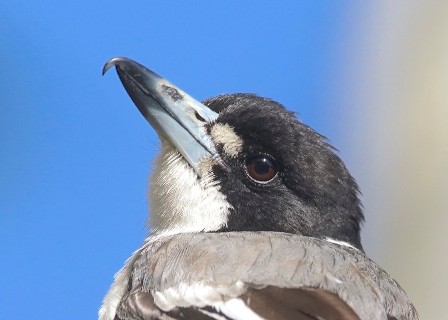It’s the time of year to start thinking about the Moggill Creek Catchment Photo Competition.
I thought the standard last year was terrific. There were so many beautiful entries and they certainly viewed by a large number of shoppers in Kenmore Village.
As many were photos of birds in the Catchment here are a few tips:
- Try and get close to the bird. That usually means using a telephoto lens of 300 to 500mm or a camera with a 30 to 50 times zoom.
- Best not to go chasing the bird. Get a comfortable chair and hide against a shrub so that you stake out an area where the birds will come. I locate suitable flowering plants such as Grevilleas, or shrubs with ripening fruit such as Lillipillies or Figs, where I’m likely to find spectacular birds like Rose-crowned Fruit-doves.
- Get the sun in the right position. Usually behind your back, but you can get artistic effects with backlighting. The sun a little to the side produces shadows that give shape to the bird, but avoid the middle of the day because of harsh shadows.
- Try and get photos of the bird looking towards you and that will get a “catch-light” in its eye which is more engaging.
A bird feeding or doing something is always more interesting. Last year’s winner was an engaging shot of a Pacific Baza looking out at the photographer from behind a tree.

A Grey Butcherbird caught in the light by Ed

